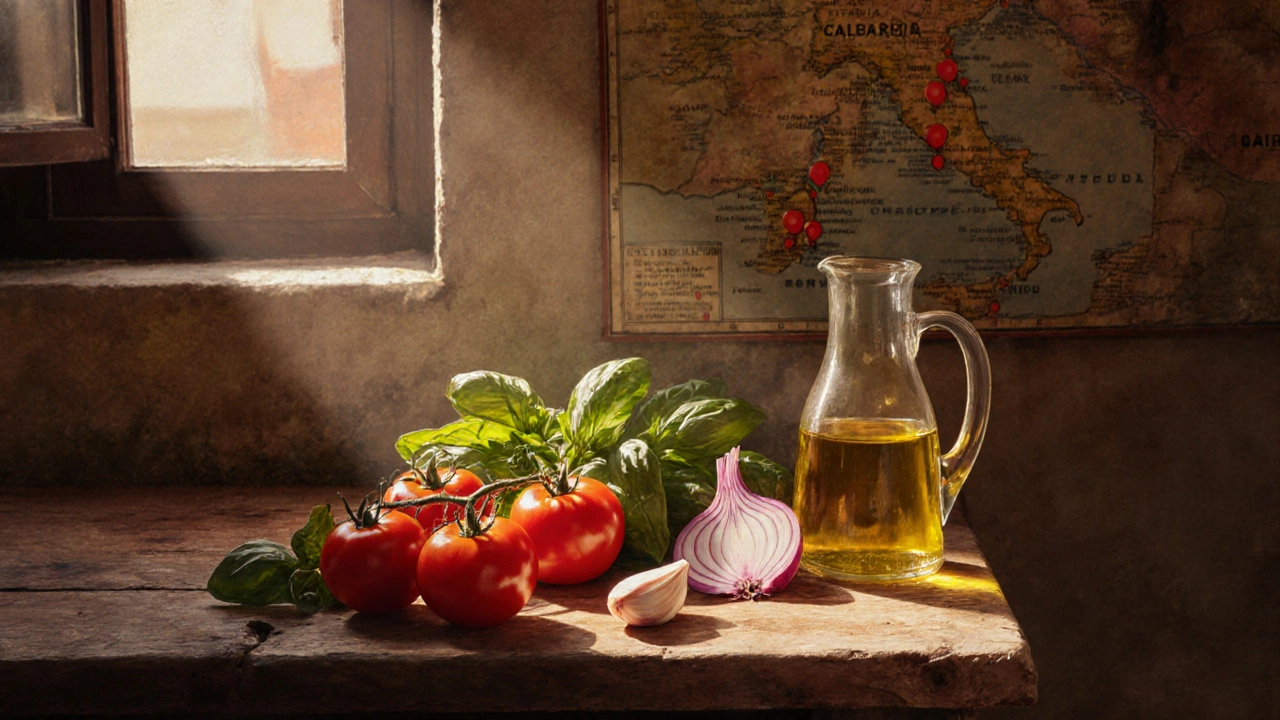Regional Italian Cuisine – Explore Local Flavors
When diving into regional Italian cuisine, the collection of dishes that reflect the geography, climate, and traditions of Italy’s distinct areas. Also known as cucina regionale, it relies on ingredients that are grown or harvested nearby and cooking methods handed down through generations.
Italian pasta dishes, classic preparations such as Carbonara, Cacio e Pepe, Amatriciana, and Gricia that showcase regional sauces and techniques illustrate how regional Italian cuisine turns simple wheat into cultural statements. Rare Italian pasta, obscure shapes like trofie di Sorrent, orecchiette from Puglia, and garganelli from Emilia‑Romagna often appear only in local markets, yet they embody the same respect for texture and pairing that defines mainstream dishes. Both groups demand fresh eggs, durum wheat, and a disciplined hand, linking them directly to the artisan cooking approach championed by The Culinary Crafts Academy. Seasonal ingredients—ripe tomatoes in summer, chestnuts in autumn, and wild herbs in spring—drive the flavor profile of each recipe, reinforcing the idea that location and time dictate the menu.
Italian cooking myths such as adding olive oil to pasta water or over‑salting the sauce often clash with the practical wisdom of regional chefs. The myth that oil prevents sauce sticking, for example, ignores the balance of starch and fat that seasoned water already provides, a detail highlighted in our post about olive oil myths. Understanding these nuances helps home cooks respect the authenticity of regional dishes while avoiding shortcuts that dilute flavor. Artisan techniques—slowly rendering pancetta, hand‑kneading dough, or gently simmering broth—are the tools that transform ordinary components into unforgettable meals, and they appear throughout our recipe collection.
Seasonal ingredients, produce, herbs, and proteins that are at their peak during specific months and form the backbone of regional Italian plates dictate menu cycles from the bright lemon zest of Amalfi in spring to the earthy truffles of Piedmont in winter. By aligning cooking schedules with harvest calendars, chefs preserve nutrients and intensify flavor, a principle we stress in our tutorials on farm‑to‑table preparation. Pairing these ingredients with appropriate wine—such as a crisp Verdicchio with summer zucchini ribbons—creates a sensory harmony that reflects the terroir of each region.
All these entities—regional dishes, pasta forms, seasonal produce, artisan methods, and local cheeses—interlock to form the mosaic that is regional Italian cuisine. By recognizing how each piece influences the other, you can recreate authentic flavors without traveling abroad. The collection below pulls these threads together, giving you step‑by‑step guidance, historical context, and practical tweaks for everyday cooking.
What You’ll Find Below
Below you’ll discover articles that explore dessert trends, rare pasta varieties, comfort‑food classics, energy‑saving cooking tips, and myth‑busting insights—all tied back to the fabric of regional Italian cuisine. Whether you’re after a quick dinner idea or a deep dive into obscure noodles, the posts ahead give practical steps and context you can apply tonight.
Ready to dive in? Browse the articles below to uncover dessert trends, rare noodle stories, comfort‑food makeovers, energy‑efficient cooking tips, and myth‑busting facts—all framed by the richness of regional Italian cuisine.

Do Italians Add Onions to Their Sauce? The Truth About Italian Tomato Sauce
Explore why Italian sauces sometimes include onions and sometimes don't. Learn regional traditions, flavor impacts, and practical tips for your pasta dishes.
More Detail